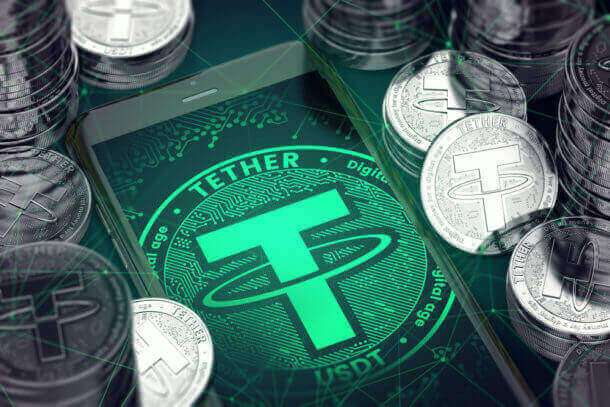- Despite stablecoins receiving wide acceptance in the industry, they continue to face enormous competition from banks.
- Compliance is one of the key challenges for existing stablecoins, while banks have vast experience and knowledge in the regulatory sector.
Stablecoins, led by Tether, the most popular of them, have in the past couple of years experienced wide acceptance. Tether for instance has seen its market value reach $91.7 billion at the time of press, to be the third largest cryptocurrency by market cap. Despite being marred with controversy, the stablecoin continues to lead not only other stablecoins but the crypto market as a whole.
Tether (USDT) is designed to be a bridge between the traditional currency and the fast-rising crypto market. Stablecoins act as digital currencies. USDT is a digital dollar issued on a blockchain and backed by a physical dollar in Tether reserves. For the most part, these stablecoins have been used to facilitate trade and as a hedge against the volatile crypto market.
Still in its early stages, regulation has been challenging. A regulatory framework is lacking, leading many institutions to be deterred from engaging with the technology. In addition, the lack of regulation has welcomed bad actors and failed experiments which further deter potential adopters.
Banks to Launch Stablecoins
As world governments have begun to work on digital currencies, analysts expect banks to begin developing their coins, likened to existing stablecoins. In a recent interview, Arthur Hayes, Chief Investment Officer of Maelstrom, explained the possibility of this trend, stating;
At some point, Janet Yellen is going to say to Jamie [Dimon], and all the other muppets who run these TradFi banks, you are allowed to do a Tether, and they’re going be like great we’re just going to offer a JPMorgan Coin… There’s not going to be none of these trust issues. And overnight Tether has no more business,
Through lobbying and in-door deals, banks are likely to push for their coins. The trust of traditional customers could also play a major role in their success. The analyst continues to explain that the banks will have it further easier to expand worldwide, adding;
[A hypothetical] JPMorgan Coin is going to be used everywhere around the world [because]there’s not going to be these questions about the legality or whether it’s a security… It’s JPMorgan, they run the US banking system… [In this case] are you going to use Tether or are you going to use the JPMorgan Coin?,
However, the analyst notes that these banks will struggle to catch up with companies like Tether in technology. Unfortunately, he further warns that their vast resources will allow them to work fast.
However, Tether still holds a key position compared to PayPal’s (PYUSD) stablecoin launched last year. Despite its initial hype, its utility has largely faltered with the latest data showing it has garnered a market cap of $159,234,491 with trading volumes of $11,743,092 in the last 24 hours.
Subscribe to our daily newsletter!
No spam, no lies, only insights. You can unsubscribe at any time.




